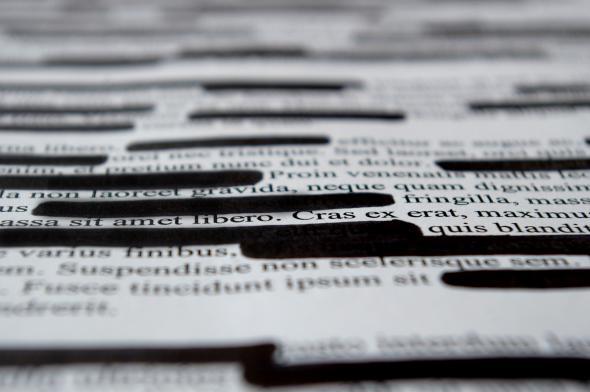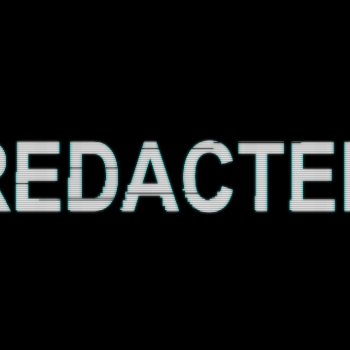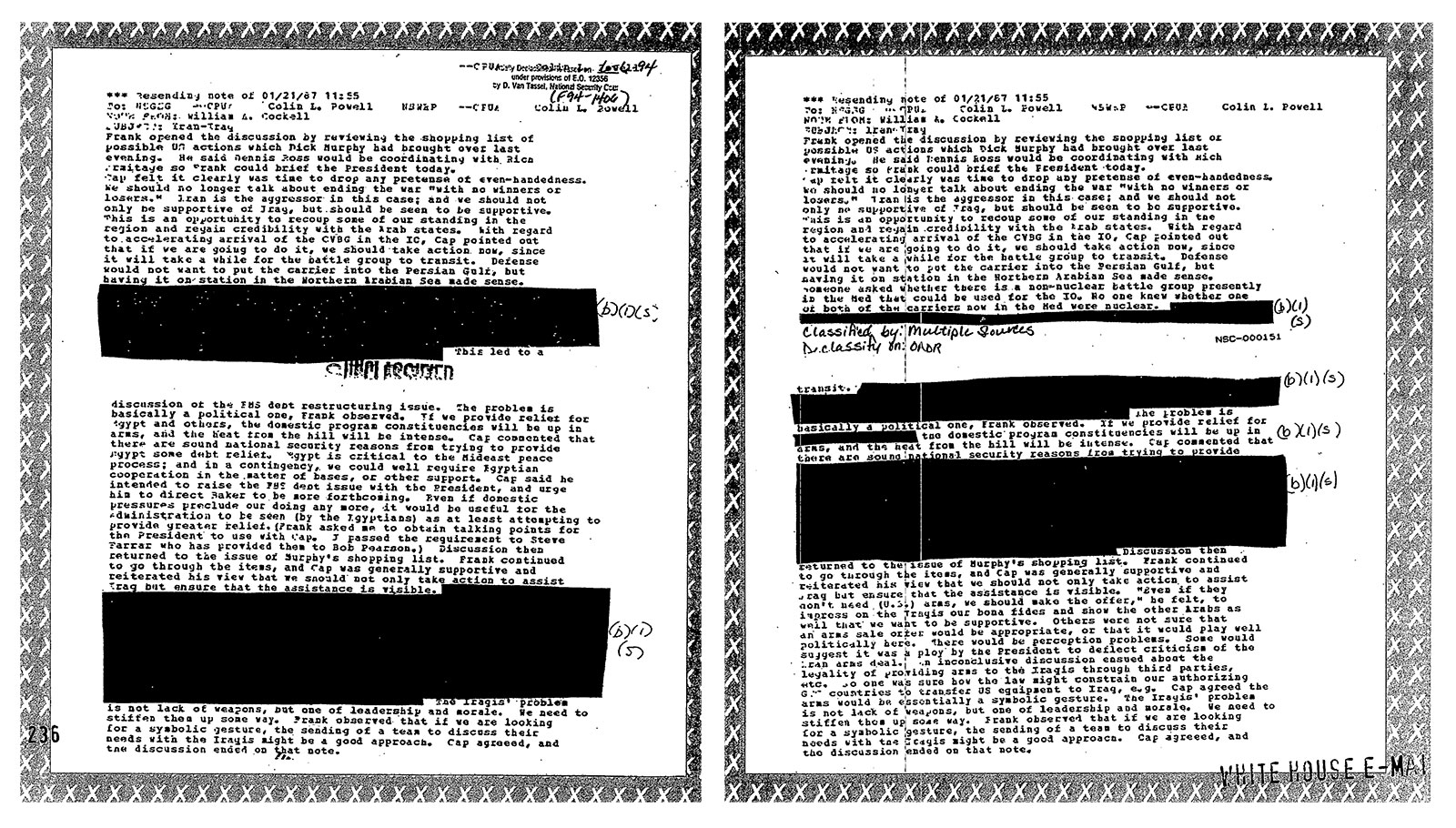

Solutions built to redact text PHI from images identify all text in the image, detect which text is sensitive, and then mask pixels around the sensitive text to redact. Although DICOM pixel data can be saved to common image formats and used in ML models without much issue, the main problem is writing the redacted image back to DICOM after the compression and loss of metadata that occurred during the initial conversion.Ĭomparing the same DICOM image before and after converting to and from PNG using. The pixel data in DICOM files can exist with different photometric interpolations that do not necessarily align one to one with how pixels are represented in common formats supported by the ML models. While medical images can be converted into more common image formats to then be used in Computer Vision and Natural Language Processing (NLP) models for redacting text, doing so results in image quality loss. The DICOM file format was developed to standardize medical images collected across various equipment and ensure that important metadata (e.g., patient information and equipment settings) are contained in the same file along with the pixel data.

Medical images (e.g., MRI, CT, and ultrasound) are often represented in the DICOM file format rather than in formats readily supported by tools and ML models designed to redact text from images. Tools and developments in this area, however, typically focus on images and documents in common data formats (e.g., PNG, JPEG, and TIFF). Masking areas of an image to redact sensitive information is a topic of interest for many industries and scenarios. In this article, I’m excited to introduce the first lossless, high-recall open source solution to redact text PHI burnt into DICOM medical images that can run both on-prem and in the cloud.Įxisting methods have several challenges, including ones relating to file formats and reliable text detection, as I discuss below.ĭICOM images versus standard image formats But open source and on-prem–compatible solutions have the potential to empower a large user base and can be extended to support specific use cases. While proprietary solutions do exist, they often depend on moving data into the cloud and are not always accessible to smaller labs and groups without sufficient budget or resources to spin up and maintain the services. However, reliably and securely de-identifying sensitive Personal Health Information (PHI) from the medical images such that they can be shared is a challenge. Publicly available medical imaging datasets contribute greatly to education, research, and Machine Learning developments in the healthcare space in academia, industry, and beyond.

Image by National Cancer Institute on Unsplash. This article is cross-posted and originally published in the Data Microsoft Medium blog.


 0 kommentar(er)
0 kommentar(er)
